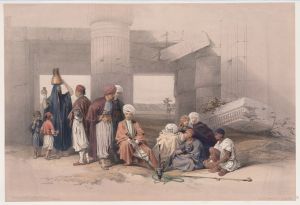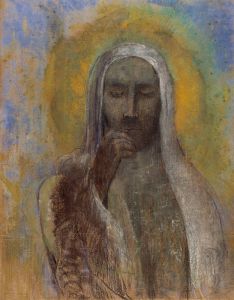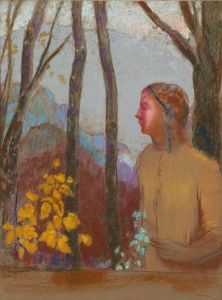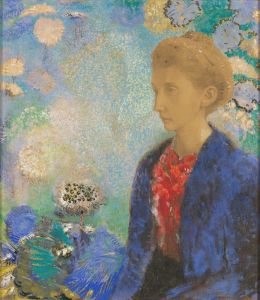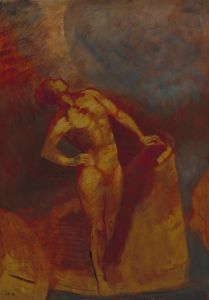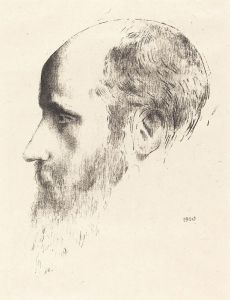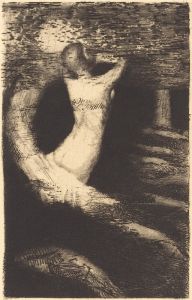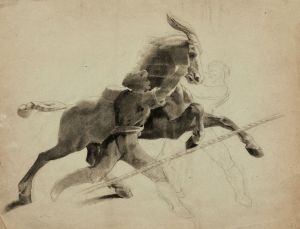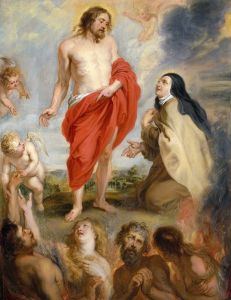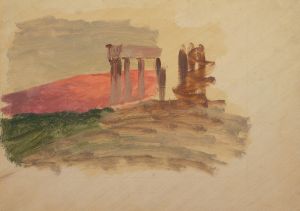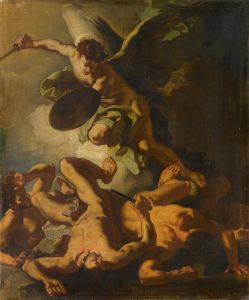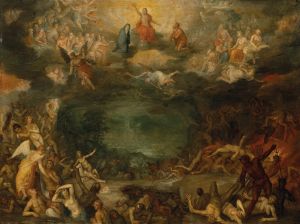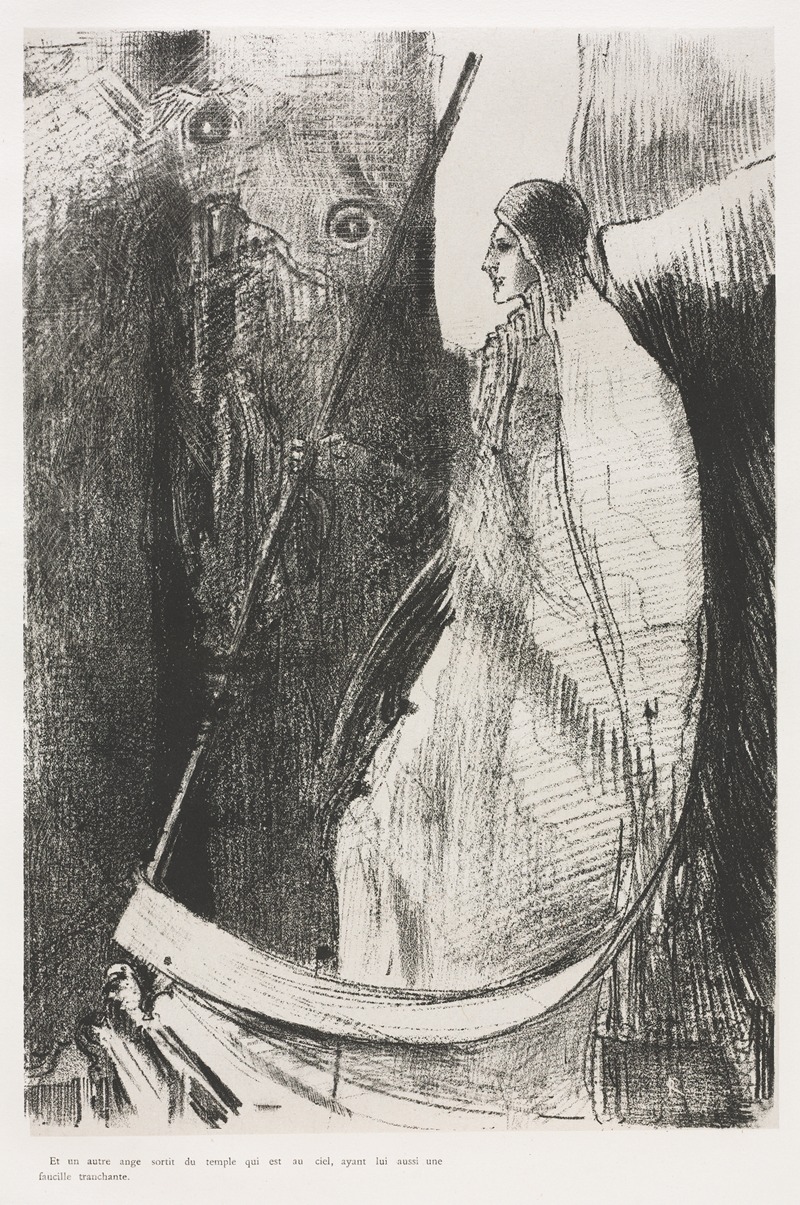
And Another Angel Came Out of the Temple which is in Heaven, and He also Having a Sharp Sickle
A hand-painted replica of Odilon Redon’s masterpiece And Another Angel Came Out of the Temple which is in Heaven, and He also Having a Sharp Sickle, meticulously crafted by professional artists to capture the true essence of the original. Each piece is created with museum-quality canvas and rare mineral pigments, carefully painted by experienced artists with delicate brushstrokes and rich, layered colors to perfectly recreate the texture of the original artwork. Unlike machine-printed reproductions, this hand-painted version brings the painting to life, infused with the artist’s emotions and skill in every stroke. Whether for personal collection or home decoration, it instantly elevates the artistic atmosphere of any space.
Odilon Redon, a French symbolist painter and printmaker, created the artwork titled And Another Angel Came Out of the Temple which is in Heaven, and He also Having a Sharp Sickle in 1899. This work is part of Redon's broader exploration of mystical and religious themes, often inspired by biblical texts and spiritual imagery. The title of the piece is derived from the Book of Revelation in the New Testament, specifically Revelation 14:17, which describes apocalyptic visions and divine judgment.
The artwork was executed in charcoal and chalk, a medium Redon frequently used during this period to create his distinctive noirs, or black-and-white compositions. These works are characterized by their dreamlike quality, blending the real and the imaginary. In this particular piece, Redon employs his mastery of light and shadow to evoke a sense of mystery and transcendence. The angel, central to the composition, is depicted with a sharp sickle, an instrument symbolizing harvest and judgment, aligning with the biblical reference.
Redon's artistic approach often sought to evoke emotions and ideas rather than depict literal scenes. His works were deeply influenced by literature, philosophy, and his own introspective nature. The spiritual and otherworldly themes in this piece reflect his interest in the unseen and the metaphysical, which were central to the Symbolist movement. Redon’s art often invites viewers to interpret his imagery on a personal and emotional level, rather than providing a definitive narrative.
This drawing is part of a series of works where Redon explored religious and visionary themes, blending them with his unique artistic style. The piece is now housed in the Art Institute of Chicago, where it remains an important example of Redon's contribution to Symbolist art and his ability to merge literary inspiration with visual expression.





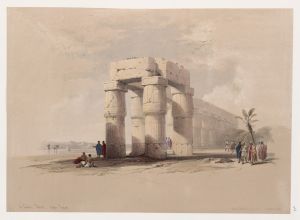
![Karnac [Karnak]. Nov. 29th, 1838.](/imgs/217502/s/david-roberts-karnac-karnak-nov-29th-1838-8df2346d.jpg)
